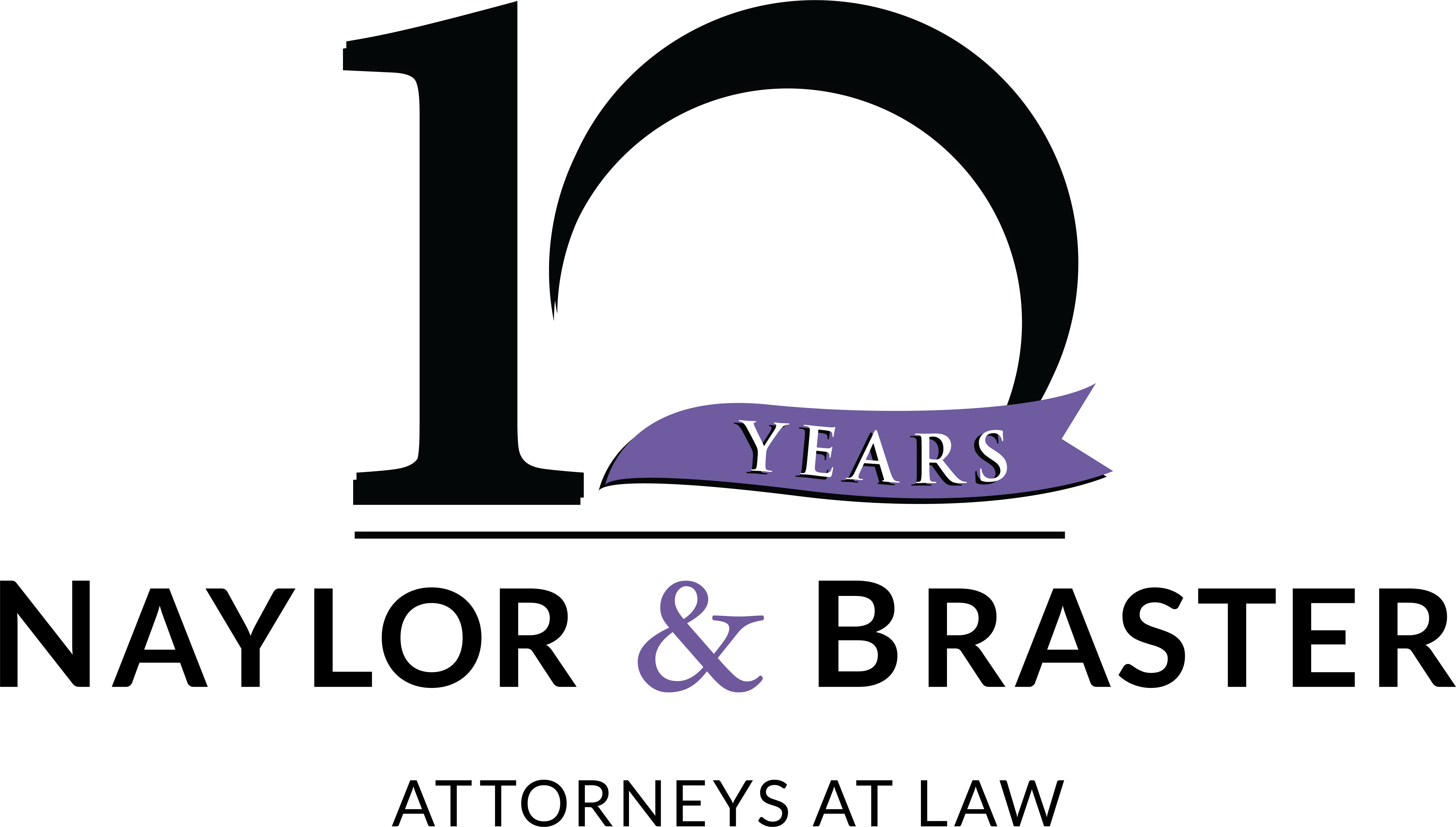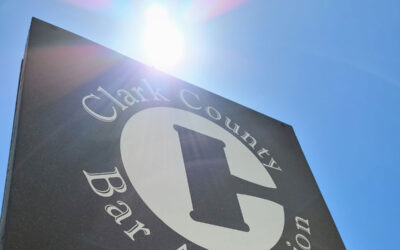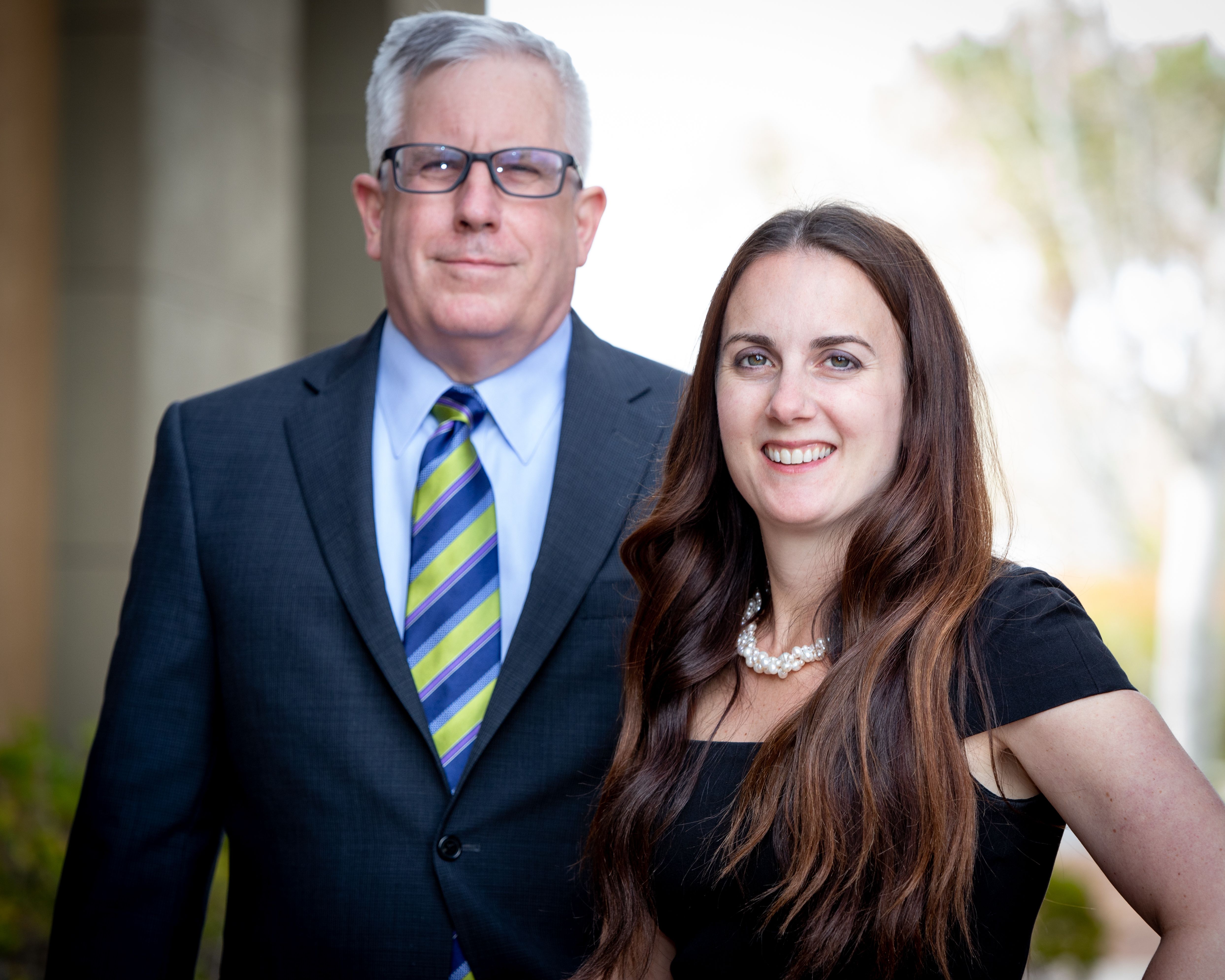By John M. Naylor
In seeking attorney’s fees in litigation in Nevada, practitioners should be mindful of the different approaches by the state and federal courts, as well as the Nevada Rules of Professional Conduct (“NRPC”).
NRPC 1.5 prohibits unreasonable fees
Model Rule 1.5 of the Professional Rules of Conduct prohibits an attorney from charging unreasonable fees. Adopted in Nevada in 2006, this rule has been the subject of little discussion. Most of the Nevada cases referring to the rule are disciplinary proceedings in which it is mentioned with little or no analysis. To determine reasonableness, Nevada state courts rely heavily on the “Brunzell factors,” while the federal courts rely on the “lodestar analysis.” These two approaches differ most when it comes to determining what is a reasonable hourly rate.
The starting point is NRPC 1.5, which lists eight non-exclusive factors to consider. One of the factors is the fees “customarily charged in the locality for similar legal services.” NRPC 1.5(a)(3). The drafters recommend that “[i]n a new client-lawyer relationship, however, an understanding as to fees and expenses must be promptly established. Generally, it is desirable to furnish the client with at least a simple memorandum or copy of the lawyer’s customary fee arrangements . . . .” Model Rule 1.5(a)(3), Comment 2 (Nevada did not adopt the comments; however, attorneys and courts may look to them for guidance. NRCP 1.0A). Attorneys should include that discussion and a statement of the hourly rates in their engagement letters.
The comments suggest that the attorney may charge whatever rate is agreed upon with a client. Perhaps this is not without limit because on at least on one occasion, the Supreme Court of Nevada looked askance at an attorney who, among other things, entered into a flat fee arrangement of $125,000, payable in advance and deemed earned upon payment, and attempted to withdraw from the representation 30 days later.
The Brunzell factors as a test of reasonableness
While the majority of cases citing NRPC 1.5 concern disciplinary matters, attorneys know that the issue of reasonableness most often arises in connection with fee applications. As noted, Nevada courts rely on the Brunzell factors, which largely overlap the factors listed in NRPC 1.5. Cf. NRPC 1.5 and Brunzell v. Golden Gate National Bank, 85 Nev. 345, 455 P.2d 31 (1969).
Missing from Brunzell is any mention of the prevailing community rates. Though the Brunzell factors are not exclusive, most state courts generally focus on the four that are listed. Using these factors, Nevada state courts have recently approved hourly rates at least as high as $750 for local attorneys with approximately 30 years of experience in commercial litigation cases and $350 an hour for senior associates. Nevada state courts have also approved rates for out-of-state attorneys approaching $1,000 an hour. An informal survey of state court decisions suggests that the analysis focuses primarily on the quantity and quality of work (and advocacy) rather than the hourly rate.
Can block billing be reasonable and can reasonable fees include support staff?
Two additional issues regularly crop up when considering fees. The first is block billing, which is defined as, “the time-keeping practice whereby a lawyer enters the total daily time spent working on a case and lists all of the tasks worked on during the day, rather than separately itemizing the time spent on each task.” In re Margaret Mary Adams 2006 Trust, No. 61710, 2015 WL 1423378, *2 (Nev. March 26, 2015) (unpublished), (citing Welch v. Metro. Life Ins. Co., 480 F.3d 942, 945 n.2 (9th Cir. 2007)) (Note NRAP 36(c)(3)).
Courts recognize that block billing is a common practice. See, e.g., Daniele v. Puntillo, 97 A.D.3d 512, 513 (N.Y.App.Div. 2012). The Supreme Court of Nevada determined that the district courts can analyze block billed time entries under the Brunzell factors. Margaret Mary Adams 2006 Trust at *2. Rejecting the notion that across-the-board reductions of block billing were proper, the Court found that district courts must separately analyze each time entry. Id. The Supreme Court of Nevada has held that entries containing two to four tasks are amendable to analysis under Brunzell. Id. If the district court needs additional information, it should request it from the billing attorney. Id. Thus, the attorney should be prepared to provide additional information.
The second issue that regularly comes up is the billing of non-attorney time. State courts are typically willing to consider billed paralegal time, but what about those staff members who spend time doing basic work, such as organizing documents and exhibits? Their time is also part of reasonable attorney’s fees. Las Vegas Metropolitan Police Department v. Yeghiazarian, 129 Nev. Ad. Op. 81, 312 P.3d 503, 509 – 10 (2013) (analyzing NRS 17.115(4)(d)(3)). Again, attorneys are well advised to include this in their engagement letters.
The federal courts take a similar approach to reasonableness, but with a much different result when it comes to hourly rates. Federal courts use the “lodestar analysis” which “is calculated by multiplying the number of hours the prevailing party reasonably expended by a reasonable hourly rate.” U.S. v. Pivaroff, No. 2:13-cv-01498-JCM-PAL, 2015 WL 6149217, at *2 (D. Nev. Oct. 19, 2015) (citing Camacho v. Bridgeport Fin., Inc., 523 F.3d 973, 978 (9th Cir. 2008). Reasonable hourly rates are “those prevailing in the community for similar services by lawyers of reasonably comparable skill, experience, and reputation.” Id. (citing Blum v. Stenson, 465 U.S. 886, 895 n.11 (1984)). Unlike Nevada state court decisions, the U.S. District Court for Nevada has made specific findings as to what is a reasonable hourly rate. Reviewing a number of these types of cases going back to 2012, the court in Pivaroff determined that $450 for a partner and $250 for an experienced associate was reasonable. Pivaroff, No. 2:13-cv-01498-JCM-PAL, 2015 WL 6149217, at *2. Until newer decisions come along, this appears to be the current “cap” for rates in federal matters regardless of what the state courts are doing.
In contractual disputes governed by Nevada law, a prevailing party clause may afford relief from this line of cases. In those instances, the federal courts will analyze fees under both the Brunzell factors as well as LR 54-14(b), which includes analysis of “the customary fee.” Branch Banking and Trust Company v. Estate of Saiid Forouzan RAD, et al., Case No. 2:14–cv–01947–APG–PAL, 2017 WL 2636487 (June 16, 2017), at p. *2.
In conclusion, the fees that a practitioner may be awarded could differ significantly depending on whether the case is in state or federal court in Nevada. Further, simply because an engagement letter with the client allows for certain fees does not mean the court will find those fees reasonable. Courts not only need to analyze the fees requested under Brunzell or the lodestar analysis, depending on the forum, but must also take into account NRPC 1.5, which prohibits the charging of unreasonable fees.
This article was originally published in Communiqué, the official publication of the Clark County Bar Association. (December 2017). https://www.clarkcountybar.org/communique/december-2017/#reasonableattyfees



